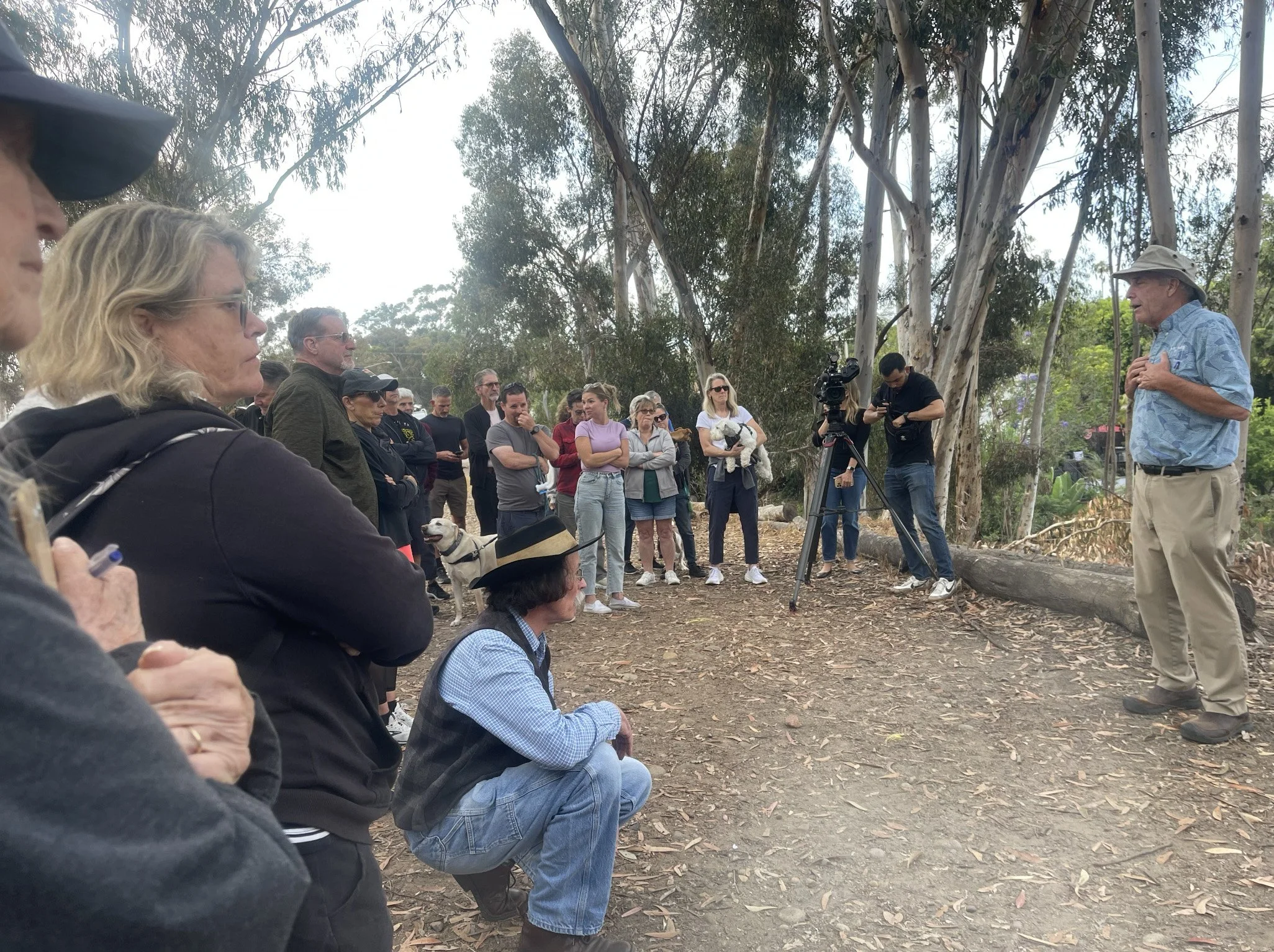28th Street Canyon: A Community Effort to Save and Restore




Open Space Threatened….and Preserved.
In the early 1900s, the land was divided into parcels intended for home construction. But because of steep slopes and the fragile watershed, development never moved forward. For over 100 years, the canyon remained in its natural state—until May 2025, when a proposal emerged to build five 3,000 sq. ft. luxury homes on the site.
We are now entering the next phase of restoring and stewarding 28th Street Canyon, and we need your support to make it happen.
You can give through our secure Zeffy donation page.
Tip: Be sure to set the optional Zeffy tip to “0” if you don’t wish to add one.
Prefer to donate by check?
Make checks payable to Preserve Greater Golden Hill and mail to:
2801 B Street #2295, San Diego, CA 92102-2208
How a community saved its canyon
In May 2025, neighbors learned of a proposal to construct five 3,000 sq. ft. homes on undeveloped land in 28th Street Canyon, with the potential for additional ADUs. The developers presented their plans at a community workshop that was later covered by local media.
The project raised immediate concerns:
Loss of open space – The canyon has remained undeveloped for over a century due to its steep slopes and fragile watershed.
Ecological impacts – The canyon connects to Balboa Park’s Multi-Habitat Planning Area (MHPA) and provides habitat for sensitive species documented in the area.
Flooding and runoff – During heavy winter rains in 2024, the canyon experienced significant flooding. Additional development would increase hardscape and stormwater runoff into an already overburdened drainage system.
Community well-being – Open space access reduces heat, filters stormwater and air pollutants, and provides essential recreational opportunities in a dense urban neighborhood.
A Turning Point
In June 2025, the Greater Golden Hill Community Planning Group held a special on-site workshop to review the proposal. The meeting drew a large turnout of residents, and local news outlets reported on the community’s response. The landowner was present and, after witnessing the strong opposition and concerns raised, began to reconsider moving forward with development.
Preserve Greater Golden Hill approached the canyon property owner and they agreed to donate the land.
Building a Path to Protection
PGGH partnered with San Diego Canyonlands, a nonprofit dedicated to the preservation and restoration of regional canyons. Together, we moved beyond stopping development to imagining long-term protection and restoration.
Key elements of this vision include:
Wildlife corridor connection – Linking 28th Street Canyon to Switzer Canyon would create an 80-acre protected habitat corridor under the City’s Multiple Species Conservation Program (MSCP).
Ecological restoration – Removal of invasive, fire-prone species and reintroduction of native, drought-tolerant plants.
Fire and stormwater resilience – Nature-based solutions to stabilize slopes, reduce erosion, and filter polluted runoff.
Community access and education – Safe trails, signage, and stewardship opportunities for local residents.
A biological resource survey conducted by San Diego Canyonlands identified sensitive native plants, jurisdictional drainage areas, habitat connectivity, and fire risk concerns—reinforcing the need to preserve the canyon.
Interested in making neighborhood history with us?
Preserving and restoring this canyon isn’t about stopping development—it’s about creating a lasting legacy of open space, biodiversity, and neighborhood pride.
The team is now developing a long-term rehabilitation and management plan for the canyon, including:
Ecological restoration
Brush and fire risk management
Native habitat recovery
Educational access and signage
Ongoing community stewardship
We’re also continuing our advocacy to expand the City’s MSPA boundaries to include westside canyons like this one.
Here’s how you can get involved:
Volunteer – Sign up to be notified for canyon clean-up or restoration events
Lead – Be part of the Friends of the 28th Canyon group to help guide the effort. Just email us and we’ll get back to you -info@preservegreatergoldenhill.com
Donate – Support our work with donation to fund restoration, brush management, and planning




